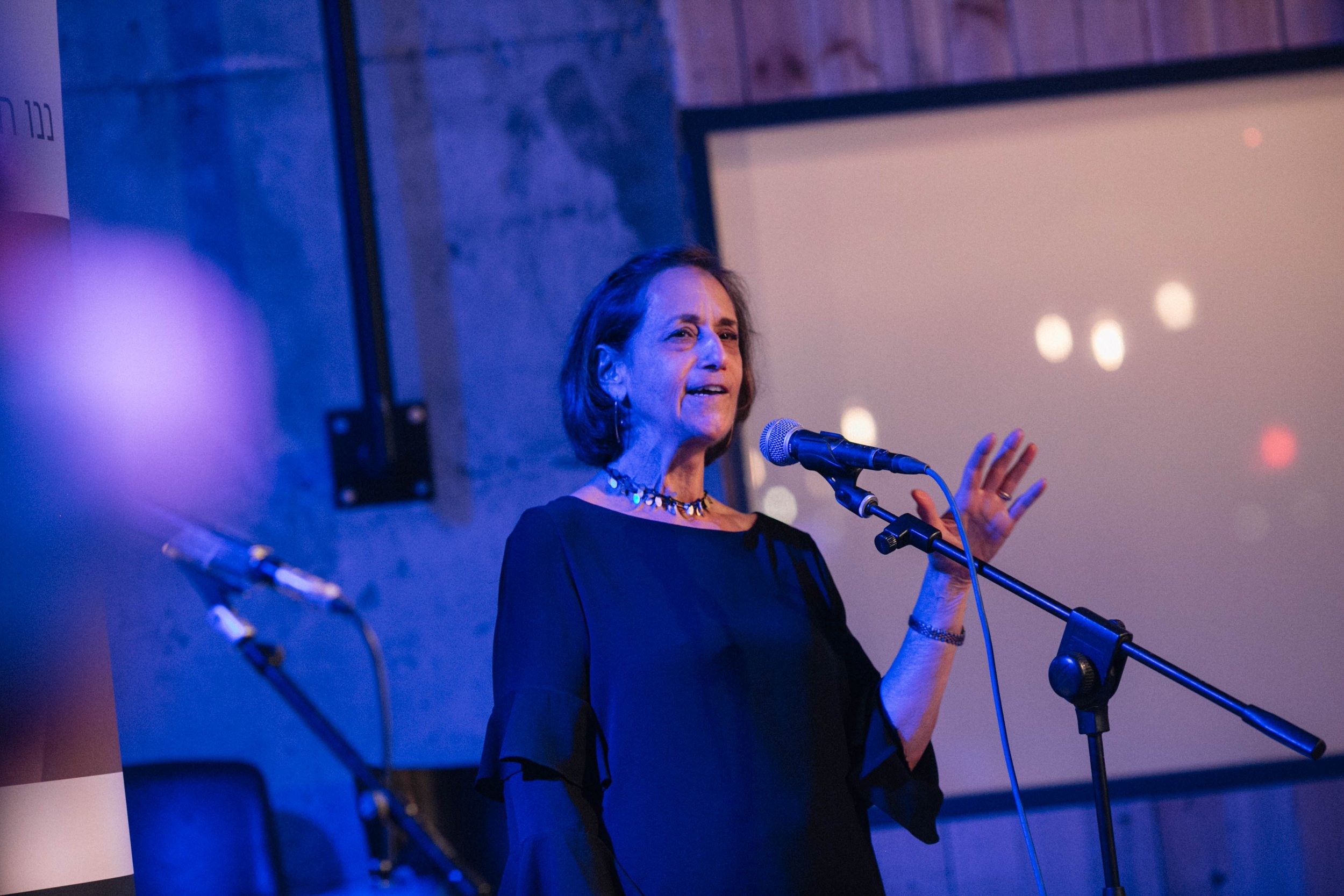Dear Friends,
During my 13 years as CEO of The Russell Berrie Foundation, RBF has approved 875 grants totaling more than $200 million. In every case, the grantees have appreciated the support and warmly expressed their thanks. Now, as I step down from my position at the helm, it’s my turn to flip the camera and reflect on the tremendous sense of gratitude I feel for all that I’ve experienced over these past years.
I came to the Berrie Foundation after a lengthy career at a major New York-based bank. Unlike most of my peers in banking, my customer group always centered on nonprofit organizations. I came to realize that my own passion lay with helping mission-driven organizations become more successful by bringing capital and business perspective—while always respecting their subject matter expertise.
If I’d been a lender to garment industry firms, I wouldn’t assume I knew best about how to set up the sewing machines or predict next season’s fashion trends. I wasn't qualified to tell social services or arts organizations how to do their work. At the same time, I quickly realized I could help them not just by providing capital, but by helping them more fully understand how their financial dynamics affect their operations.
As I transitioned into the world of philanthropy, I had a great deal to learn. But the perspective that the entity bringing capital should add more than money—critical as the money is—only grew in my new role. I’m particularly appreciative that the board of The Russell Berrie Foundation shares that same view. Our President, Angelica Berrie, has a deceptively simple question she often poses to grantees: “What is the opportunity you cannot afford to miss?” It’s a question that heightens ambitions while generating deeper consideration of the “why” and the “how.”
In that spirit, here are a few questions that I’ve found particularly useful, while trying to make our own work and that of our grantees as effective as possible.
What problem are we trying to solve?
This seems like an obvious question to start with. But often, I’ve observed and experienced, when we dig into the core of what the grantee is attempting to address, there are ways to improve the likelihood of success. I believe in the “form follows function” approach. It’s great to hit multiple targets with an initiative, but all too easy to get distracted from the main objective by the desired ripple effects. Getting the central goal truly clear facilitates the design and the resource allocation. This question also applies to funders. When funding a complex strategy area such as regional development, there are many beneficial avenues to support. By pinpointing the precise problems we’re trying to solve, we can compare how alternative approaches might hit those targets more directly.
Are we asking the right questions?
Grantees are doing the hard part of the work, and it’s crucial that we as funders don’t make them jump through unnecessary hoops, siphoning resources away from their core activities. At the same time, we have an obligation to understand and probe. By asking the right questions, and by explaining what we’re trying to assess and why, we encourage grantees to sharpen their thinking while also sharpening our own.
How can partnerships amplify our impact?
I take this concept to heart in every aspect of my work—from building my own team to partnering with other funders to supporting investment in networks that allow organizations to work together effectively. Our most effective funder partnerships have been with entities that bring complementary skill sets, capacities and relationships to the table: Some funders are better than others at research or strategic planning, for example, or have a longer track record funding in the specific field. Similarly, I’ve found it incredibly worthwhile to invest not just in programs, but in networks that allow for meaningful collaboration among disparate organizations working in the same space. During the pandemic, we saw how crisis conditions spurred grantees and funders to join forces in unprecedented ways. It’s critical that we nurture these relationships and recognize them for the asset they are, even under non-emergency circumstances.
Our most recent grant, which also happens to be our largest during my tenure, evolved from our commitment to asking all of these questions. The Russell Berrie Galilee Diabetes SPHERE (or Social Precision-medicine Health Equity Research Endeavor) is a holistic, comprehensive program that aims to tackle diabetes and reduce healthcare disparities in Israel’s economically disadvantaged and highly diverse Galilee region—while developing innovations that will have a global impact.
SPHERE is turning silos into synergy, by developing strong alliances among those with an ability to impact diabetes care, treatment, research and data. In particular, the program is forging new connections between the primary healthcare system and academic medicine. The magnitude of the challenge required a careful process, beginning with a planning grant three years ago. Critically, our grantee—Bar-Ilan University’s Azrieli Faculty of Medicine—viewed the planning grant as an opportunity to deepen its understanding of the complex interlocking problems at play, resulting in a highly innovative design.
The Times of Israel described The Russell Berrie Galilee Diabetes SPHERE as “Israel’s most ambitious non-government attempt to fight diabetes.” I’m thrilled with this assessment and can’t wait to see how the results of SPHERE—and the dozens of other RBF grants currently underway—continue to make a difference in others’ lives in the years and decades to come.
In the coming days, my successor will be named. I’m confident that in the hands of this talented individual, RBF will continue to earn its reputation for punching above its weight, building a lasting legacy of making a difference.
With profound gratitude,
Ruth Salzman
Chief Executive Officer




